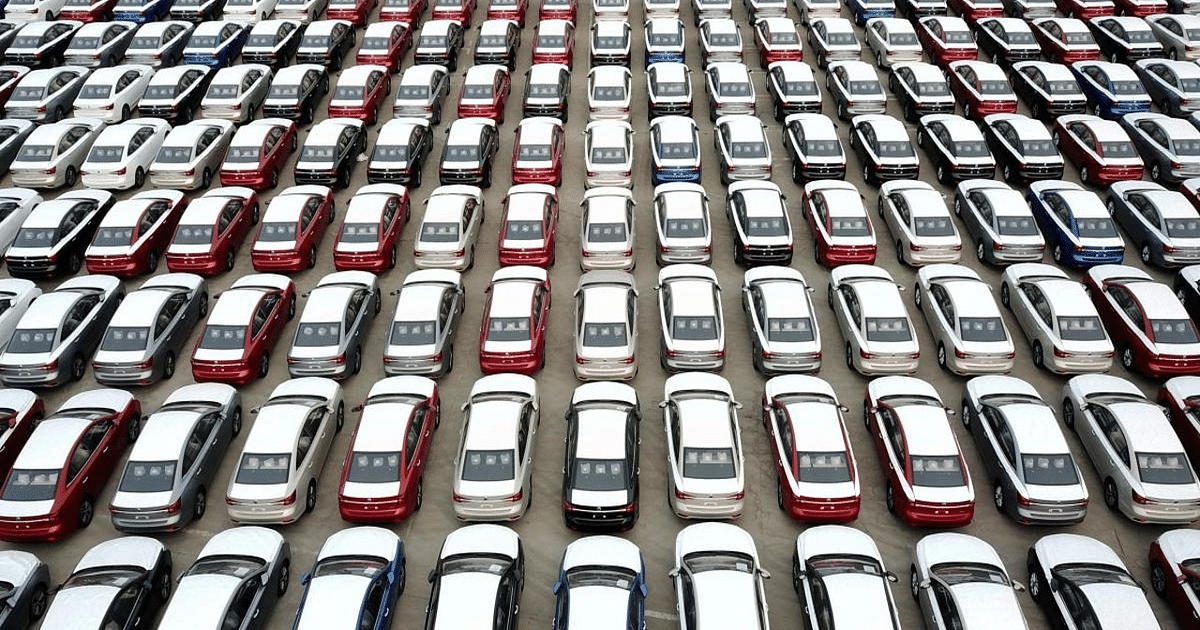India is the fastest growing country in the world electric vehicle is one of the markets and now has millions of EV owners. According to a report released by the IEA, more than 90% of its 2.3 million electric vehicles are cheaper and more popular two- or three-wheelers – i.e. motorbikes, scooters and rickshaws – and more than half of India’s three-wheeler registrations in 2022 Were electric. In April.
$1.3 billion federal plan to provide rebates to consumers
Analysts say a $1.3 billion federal plan to incentivize EV manufacturing and provide rebates for customers, rising fuel costs over the past decade and consumer awareness of long-term cost benefits are working together to boost sales. .
Boosting EV sales will be important
Electric vehicles are a solution to reducing planet-warming emissions and improving air quality – road transport contributes significantly to global emissions. Experts say that to successfully decarbonize the electric vehicles market, it will be important to shift power generation away from fossil fuels, manage critical mineral supply chains and boost EV sales across diverse socioeconomic backgrounds in the country .
consumer experience
Balaji Premkumar, a 25-year-old rickshaw delivery driver, switched to an EV earlier this year. At most traffic stops he is surrounded by gas-powered tricycles that rumble and rattle, spewing thick smoke into the air – something they too used to do before they went electric. Premkumar said the new vehicle is easier to drive and more comfortable and he can already see the difference in cost. “If I spend Rs 60 to charge the vehicle for three hours, I get 80 kilometers (50 miles). To get the same mileage in a diesel vehicle, I would have to spend at least Rs 300 ($3.60),” he said. Santosh Kumar, 23, a rickshaw delivery driver for Bengaluru-based logistics company City Link, has also benefited since switching to electric. Can feel.
Charging points increased tenfold in India
“The vehicle never breaks down and there are plenty of charging points around so my charge never runs out,” Kumar said. According to Elizabeth Connolly, energy technology and transportation analyst at the IEA, charging points in India have increased tenfold. While Kumar doesn’t have his own electric vehicle yet – the one he drives is company-owned – he dreams of buying his own or several that he can rent out. “It’s only a matter of time before everyone switches to electricity,” he said.
The source of electricity for charging vehicles must also be clean.
Two-wheelers and three-wheelers are mostly used for making deliveries or giving rides. N.C. of the Center for Study of Science, Technology and Policy, a Bengaluru-based think tank. They cover miles faster, making electric models a much cheaper option than paying for gas, Thirumalai said. But he said long-term viability for electric vehicles depends on ensuring supplies of critical minerals needed for batteries as well as other parts. To charge the vehicles, the source of electricity should also be clean, which is not there at present.
More than three-quarters of India’s electricity is generated from coal.
According to government reports, more than three-quarters of India’s electricity is generated from fossil fuels – mostly coal. And mining companies, including those in India, have been criticized for unsafe mining practices of minerals needed to make components for electric vehicles and other clean energy infrastructure. “As EVs are on the rise and minerals like lithium are increasingly being found within the country, the mining industry must ensure that sustainable mining practices are pursued,” Thirumalai said.
India plans to install 500 GW of clean energy by the end of the decade
Thirumalai is optimistic about clean electricity in the future. The “huge emphasis on renewable energy in the country” means electric vehicle emissions should decline over time. While progress on renewable energy has been mixed, India plans to install 500 gigawatts of clean energy by the end of the decade – enough to power 300 million Indian homes – and aims to reach net zero emissions by 2070. .
Providing interest loans and tax exemption for electric vehicles can increase sales
But the country also needs to focus on “how to unlock funding for EVs as well as related industries” to increase the number of people who want to buy EVs, said Akshima Ghate of New Delhi-based clean energy non-profit RMI India. Increase who can buy them. Providing interest loans to potential customers and tax breaks for electric vehicles could boost sales, especially for low-income buyers, he said.
India plays a leading role
Still, Ghatti thinks India’s rapid move toward small electric vehicles could serve as a template for other emerging economies to adopt two- and three-wheelers, such as Indonesia, the Philippines and some African countries. “When it comes to setting the benchmark for developing economies, India plays a leading role,” he said.

